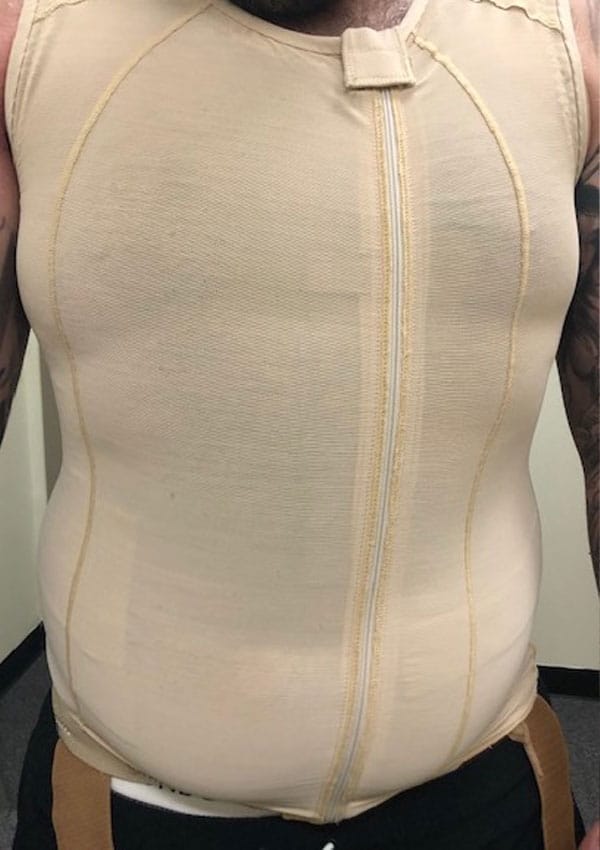The skin is our largest organ. It provides a barrier that helps us to regulate our temperature, protects us from impact, pressure, chemicals and other organisms that can cause infection/disease. It also provides us with information via sensors from the outside world which serve, among other sensations, to protect us.
Burns which result in the removal of the top layers of the skin can have a huge impact to our overall health, how our body functions and basic body regulations such as temperature control via the ability to sweat.
The skin has layers- Epidermis, Dermis and Hypodermis. Burn injuries are categorized according to the depth of which the skin layers have been impacted.
Superficial burns (previously known as First degree) involve only the top layer of the skin (Epidermis) and are generally mild compared to other burns, however can be painful as this is the layer of the free nerve endings which provide our body vital sensory information
Partial thickness – otherwise known as Second Degree – Involve the first and second layer of skin (Epidermis and into the Dermis)
Full thickness or third degree Involve all three layers of skin. It destroys the sweat glands and hair follicles and are often not painful as there are no nerve endings due to the burn.
Fourth Degree – include all layers of skin, and extend to include the underlying fat, muscle and bone.
It is common that burns classified as severe partial thickness through to full thickness will require surgical intervention to assist in the healing process – commonly known as grafting, tissue grafting or split skin grafting.
In this process, a donor site which is a large, unaffected area of skin – commonly from the thigh, trunk or back. Again the uppermost layer of skin is removed, stretched and layered over the burn site. Our skin comprises collagen and as it heals it will contract (become smaller) and become raised, red, dry and itchy.
Burn sites which show delayed healing of 14 days or longer commonly progress to scaring which in turn requires specialized management to prevent joint and skin restriction and to improve scar appearance and maturation.
Prevention of scar development is the primary aim with a burn management.
Burn management includes:
- Wound care
- Skin and donor site care
- Scar assessment
- Range of movement assessment and progression
- Scar massage
- Compression via bandaging or garments
- Topical therapeutic options such as silicone and scar taping.



